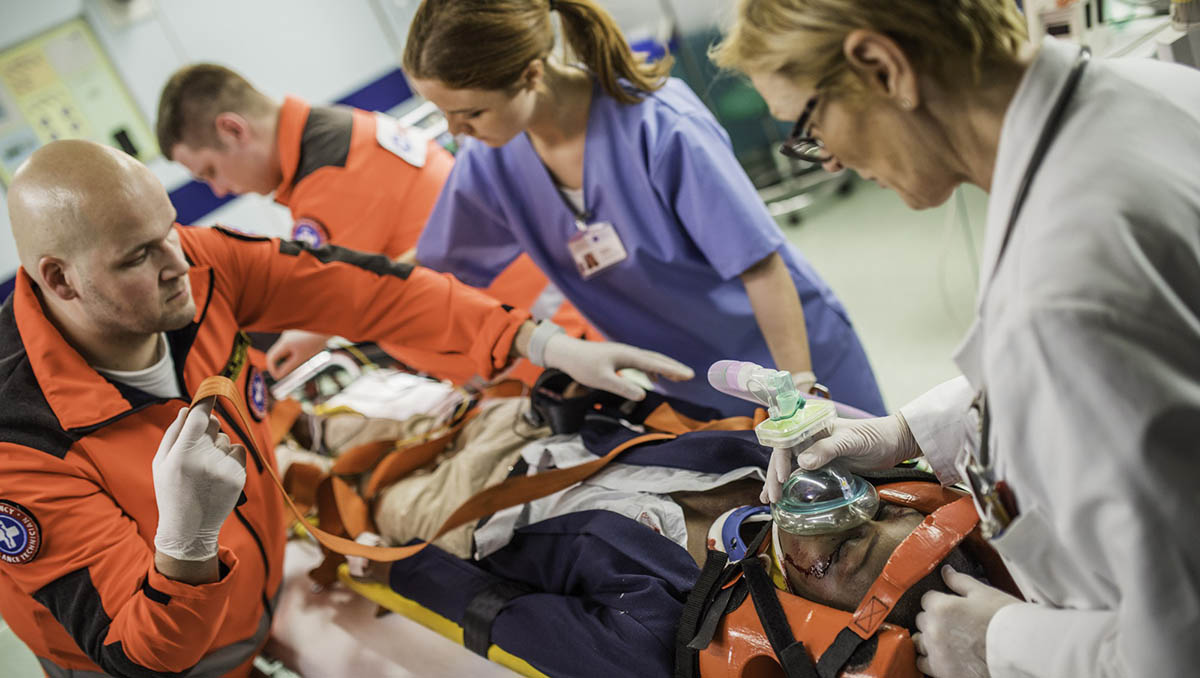
Basic Life Support Training for Life Threatening Situations
Basic Life Support or BLS is the medical care provided to people who are in some life-threatening situations, illnesses, or injuries. Oxford Handbook of Emergency Medicine cited examples of life-threatening conditions such as the following:
- Anaphylaxis
- Treatment algorithm for adults with anaphylaxis
- Choking
- Cardiac arrest
- In-hospital resuscitation algorithm
- Adult basic life support
- Cardiac arrest management
- Advanced life support algorithm
- Notes on using the advanced life support algorithm
- Post-resuscitation care
- Central venous access
- Severe sepsis and septic shock
- Shock
According to the Basic Life Support: CPR and First Aid Student Handbook published by the Diverse Alert Network there are 5 key steps to the chain of survival and those are:
911 – Immediate recognition and activation of Emergency Medical Services (EMS)
CPR – Rapid initiation and Cardiopulmonary Resuscitation (CPR)
AED – Rapid defibrillation or Automated External Defibrillator
ACLS – Advanced Cardiac Life Support
H – Post-cardiac-arrest-care
Before performing a Basic Life Support, an emergency response professional must follow these basic steps:
Check for a response
An attending emergency response professional must shout “Are you okay?” and must not be afraid to yell. The purpose is to check if the patient needs emergency help and needs to be given immediate medical attention.
Call for help
Calling 911 or yelling for help for others to hear brings the patient to Automated External Defibrillator (AED). The emergency response professional or the person performing the BLS must remain calm especially if they’re left alone with the patient.
Check for circulation
Checking the carotid artery in adults is the best way to check the patient’s pulse. For children, the responding person must check the brachial or femoral arteries first. Checking the pulse should be no more than 10 seconds. If the patient pulse is not felt within 10 seconds, a chest compression must be performed immediately.
Check for rhythm
This procedure requires an Automated External Defibrillator (AED). This includes securing the scene first to protect the patient from other potential environmental hazards, assessing the patient by touching, shouting and checking for breath, activating Emergency Medical Services (EMS) by calling for help or a rescuer, getting a defibrillator through the treatment of ventricular fibrillation (electric shock), and performing Cardiopulmonary Resuscitation (CPR).
Providing Basic Life Support is very critical because the life of the victim or the patient is in your hands. Before even performing Basic Life Support, one must have the necessary skills and training to recognise the signs and symptoms of categorised medical and life-threatening emergencies.
Education Training & Employment Australia is a registered training organisation specialising in Health and Allied courses. One of the courses we offer is the HLTAID001 Perform CPR and HLTAID003 Provide First Aid. The goal of this program is to provide the right set of skills and knowledge necessary for someone to become an emergency responder in times of accidents, common injuries and other life-threatening situations. To enquire about the program admission and requirements, you may get in touch with the following details:
Education Training and Employment Australia
Email: info@etea.edu.au
Domestic Students: 131389
International : +61 3945 00500
Head Office: Level 1, 113 Burgundy St,
Heidelberg 3084, VIC